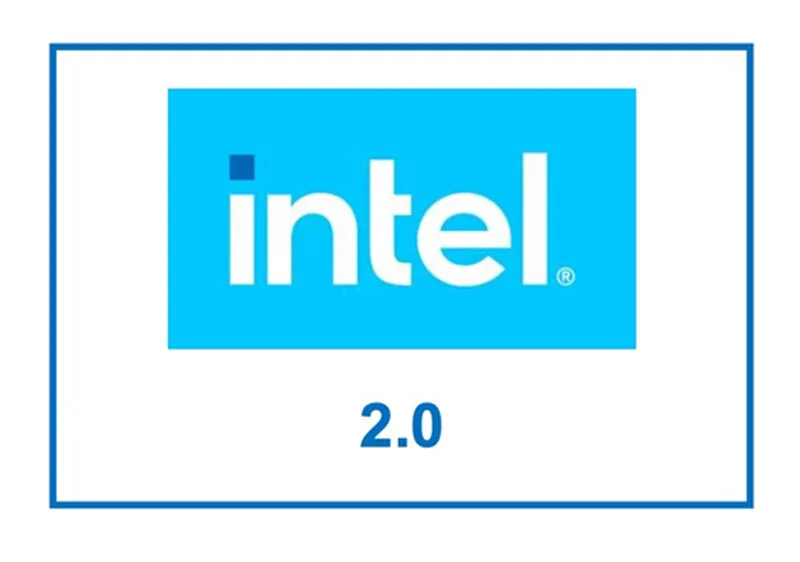GPUs are damn tricky
Intel is finding out just how tricky they can be!
By Jon Peddie
 As you may know, we have had the privilege and pleasure of reuniting with our pal and colleague Bob Raikes and have acquired Display Daily. One of our journalist friends commented, “Nice. Displays are tricky technology.”
As you may know, we have had the privilege and pleasure of reuniting with our pal and colleague Bob Raikes and have acquired Display Daily. One of our journalist friends commented, “Nice. Displays are tricky technology.”
You think monitors are tricky. . . GPUs are black magic.
I had my doubts about Intel’s commitment to GPUs given their past efforts and Pat Gelsinger’s cost-cutting moves selling off or shutting down various operations. Since then, I have been assured that Gelsinger and Raja Koduri have a BOD-approved 10-year commitment to bring out a top-to-bottom GPU product line, with supporting software, to market.
That 10-year quest started in 2018 (or 2017), so they have plenty of runway, so to speak. The big problem at Intel is the left hand doesn’t communicate with the right hand, and both of them have different bosses and objectives. What does that mean? It means marketing is not in sync with the GPU business unit—or to use another cliché, too far ahead of their skis.
As a result, Intel has had to announce embarrassing delays and apologize for drivers still in development, and in the process, pretty much confused the hell out of everyone watching them. It would be delightful to think that it was all some Machiavellian strategy to throw off the competition, but sadly it is not.
Also keep in mind that Intel is a huge company and deals with other huge companies and governments. That means more so than any other company, their stuff has to be absolutely bulletproof. The company has hundreds, if not thousands, of testers trying to find and then fix the corner cases. That is why you have heard them say they were not going to be backward compatible with their DirectX drivers initially.
And remember, Intel has built hundreds of millions of GPUs since the early 2000s; they are not strangers to the technology, the tasks, or the applications. Furthermore, the company is trying to simultaneously bring out entry-level, midrange, high-end, mobile, workstation, and supercomputer GPUs. No company in the world has ever attempted anything of that scale and magnitude before. Also, there’s a new API suite to enable it all.
So, give them the benefit of the doubt. It’s a Herculean task, and they will make some mistakes, but once they get their equilibrium, it will be Intel 2.0—and you better not get in their way. Another thing to remember is they know and are close friends with every PC manufacturer, dealer, distributor, and accessory provider in the world. They will find (already have) open, anxious arms for their products—the Intel brand is that powerful.
To the company’s credit, they have been quite candid about their progress and problems. Gregarious Tim Peterson has been trying to explain what’s going on and how things work on Ryan Shrout’s TV show. A few days ago, he got Raja out of the office long enough to give some more insight. You can see the interview here—it’s pretty damn interesting.
So now the Web is all abuzz about how well the Arc A750 is doing against Nvidia’s two-year-old RTX 3060. No mention of any comparison against AMD, though. As far as I’m concerned, it’s just filling space on a Web page; there’s no definitive data there.
But it will come, and then all the experts can explain it to us.
So, while we’re waiting, how about taking a little poll? Email your answers to me ([email protected]).
How much market share in desktop AIBs will Intel have by June 30, 2023?
- 0%
- 5%
- 10%
- 20%
- 50%
Or write in your opinion and any other thoughts.
I look forward to hearing from you.
Oh, and for a bonus, tell me why you picked the number you did.
For everyone who writes to me, I’ll send you a copy of our 2022 GPU developments report when it comes out in January—a $500 value.
###